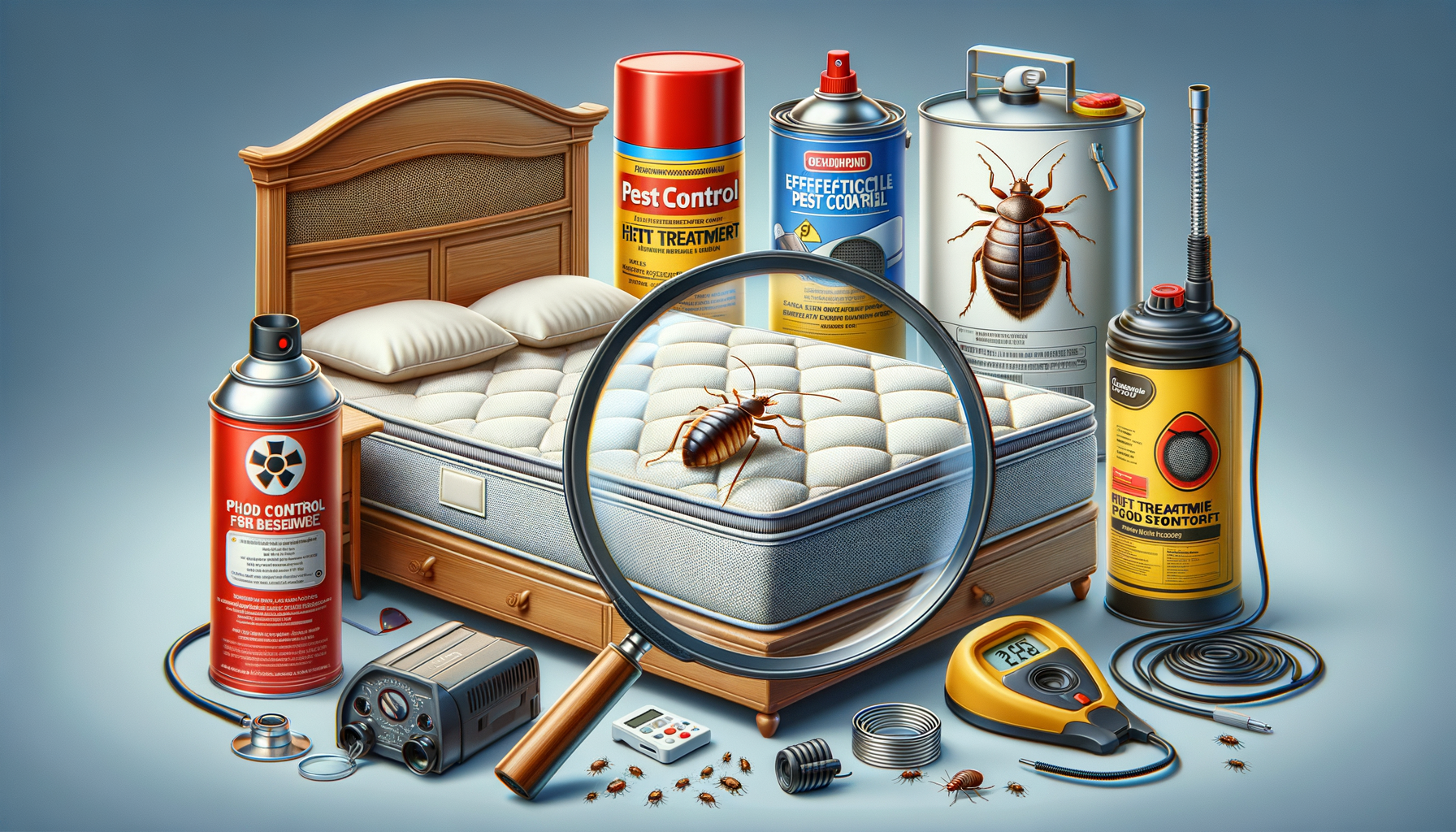
5 Effective Strategies for Bed Bug Control
Introduction to Bed Bug Control
In recent years, bed bugs have made an unwelcome comeback in homes across the globe. These resilient pests are notorious for their ability to hide and multiply quickly, making them a significant challenge for homeowners. Understanding effective strategies for bed bug control is crucial in preventing infestations and maintaining a healthy living environment. This article explores five effective strategies for controlling bed bugs, offering insights into prevention, detection, and eradication methods.
Understanding Bed Bug Behavior
Before diving into control methods, it’s essential to understand the behavior of bed bugs. These pests are small, brownish insects that feed on the blood of animals or humans. Bed bugs are nocturnal, which means they are most active at night when they feed on their hosts. They hide in cracks and crevices during the day, making them difficult to detect.
Key characteristics of bed bugs include:
- Flattened bodies that allow them to fit into tiny spaces.
- Ability to survive for months without feeding.
- Rapid reproduction, with a female laying hundreds of eggs in her lifetime.
Understanding these behaviors helps in developing targeted strategies for control, as it highlights the importance of thorough inspection and treatment of potential hiding spots.
Preventive Measures to Avoid Infestations
Preventing a bed bug infestation is often easier and more cost-effective than dealing with an established problem. Here are some preventive measures to consider:
- Regularly inspect sleeping areas and furniture for signs of bed bugs, such as small blood stains or dark spots.
- Encase mattresses and box springs in protective covers to eliminate hiding spots.
- Reduce clutter in bedrooms to minimize hiding places for bed bugs.
- Be cautious when bringing second-hand furniture or clothing into your home, as these can be sources of infestation.
By implementing these preventive measures, homeowners can significantly reduce the risk of bed bug infestations, maintaining a safe and comfortable living environment.
Effective Detection Techniques
Early detection of bed bugs is critical for effective control. Several techniques can help identify an infestation:
- Visual inspection: Carefully examine bedding, furniture, and cracks in walls for live bugs or signs of their presence.
- Use of bed bug monitors: These devices attract and trap bed bugs, providing a clear indication of their presence.
- Professional inspection: Pest control experts can perform thorough inspections using specialized tools and techniques.
By employing these detection techniques, homeowners can quickly identify and address bed bug issues before they escalate into larger infestations.
Eradication and Treatment Options
Once an infestation is confirmed, it’s crucial to take immediate action to eradicate bed bugs. Several treatment options are available:
- Chemical treatments: Insecticides specifically designed for bed bugs can be applied to affected areas.
- Heat treatment: Raising the temperature in infested areas to levels lethal to bed bugs is an effective, chemical-free option.
- Steam cleaning: High-temperature steam can penetrate deep into fabrics and crevices, killing bed bugs and their eggs.
- Integrated pest management: Combining multiple methods and ongoing monitoring to ensure long-term control.
Choosing the right treatment option depends on the severity of the infestation and the specific circumstances of the home. Consulting with a professional pest control service can provide guidance and ensure effective eradication.
Conclusion: Maintaining a Bed Bug-Free Environment
Controlling bed bugs requires a proactive approach, combining prevention, detection, and effective treatment strategies. By understanding bed bug behavior and implementing the strategies discussed, homeowners can protect their living spaces from these persistent pests. Regular inspections, preventive measures, and professional assistance when needed are key to maintaining a bed bug-free environment, ensuring peace of mind and a healthy home.